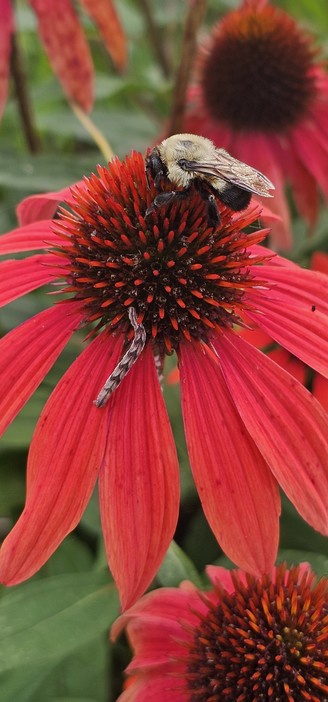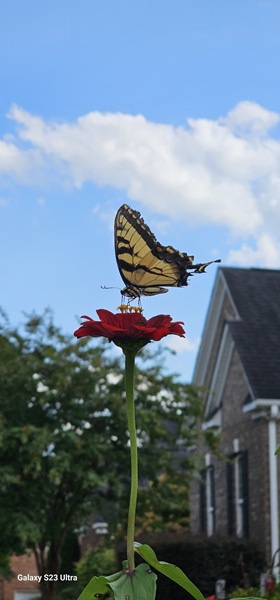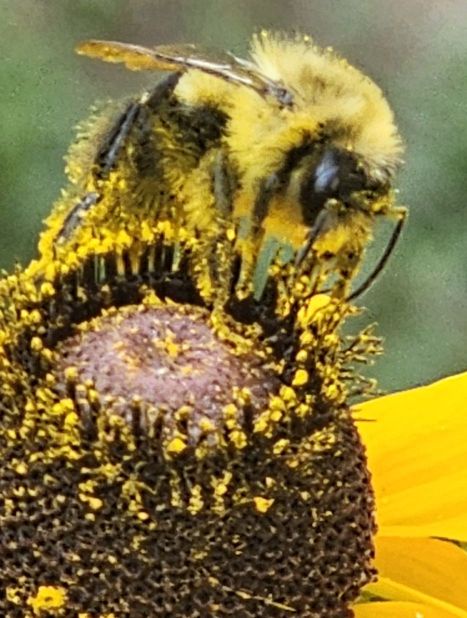Choosing The BEST Native Plants
This Time: The “key” rule for selecting the best native plants; How to “leave the leaves” without angering neighbors.
You want to add native plants to your garden, but which ones are best? Which ones have the most benefits for the native bees, birds, and butterflies in your garden habitat?
The retailers near you are probably not experts in habitat gardening. They might have some natives, and that is a good trend, but you actually need guidance on what plants are most needed in your geographic area.
It turns out that certain plants have been found to be much more supportive of beneficial insects and wildlife than others. In fact, some plants support hundreds of species rather than just a few. These are called Keystone Plants, and include trees, shrubs and flowering perennials. These are the best for you to add to your native garden design.
You can find the keystone plants best for your garden in the National Wildlife Federation's guide “Keystone Plants by Ecoregion.” (See link below). I used this resource to identify four plants that I would work with initially, growing from seed to planting in beds designed for native plants.
In future posts, I will go through examples, describe my experiences, and explain the steps to follow, but for now, I want to introduce the Keystone Plants resource linked below.
I was surprised to see that the best flowering perennial for my area (a type of goldenrod) supported 104 caterpillar species and 42 native bees species – and I was cutting it down in my garden to clear way for native plant beds!
Seasonal Continuous Improvement: Early Autumn
You might have seen headlines recently related to “Leave the Leaves.“ Yes, it is important to use leaves as mulch wherever you can. Butterflies and moths overwinter in leaf mulch. Birds look for food in leaf mulch, especially helpful in winter. Turtles and other wildlife also need a leaf layer.
Bag mulch is not as environmentally sound, and the long-lasting dyed mulch creates a solid crust that no animal can break through.
But the suburban lawn aesthetic rarely allows you to take advantage of fallen leaves as mulch! You might have neighbors who will disapprove of your use of leaves. (“Why are you leaving your leaves? Don’t you have a leaf blower?”) I have an HOA that expects standard mulch and will complain if I have leaves in flower beds near the street.
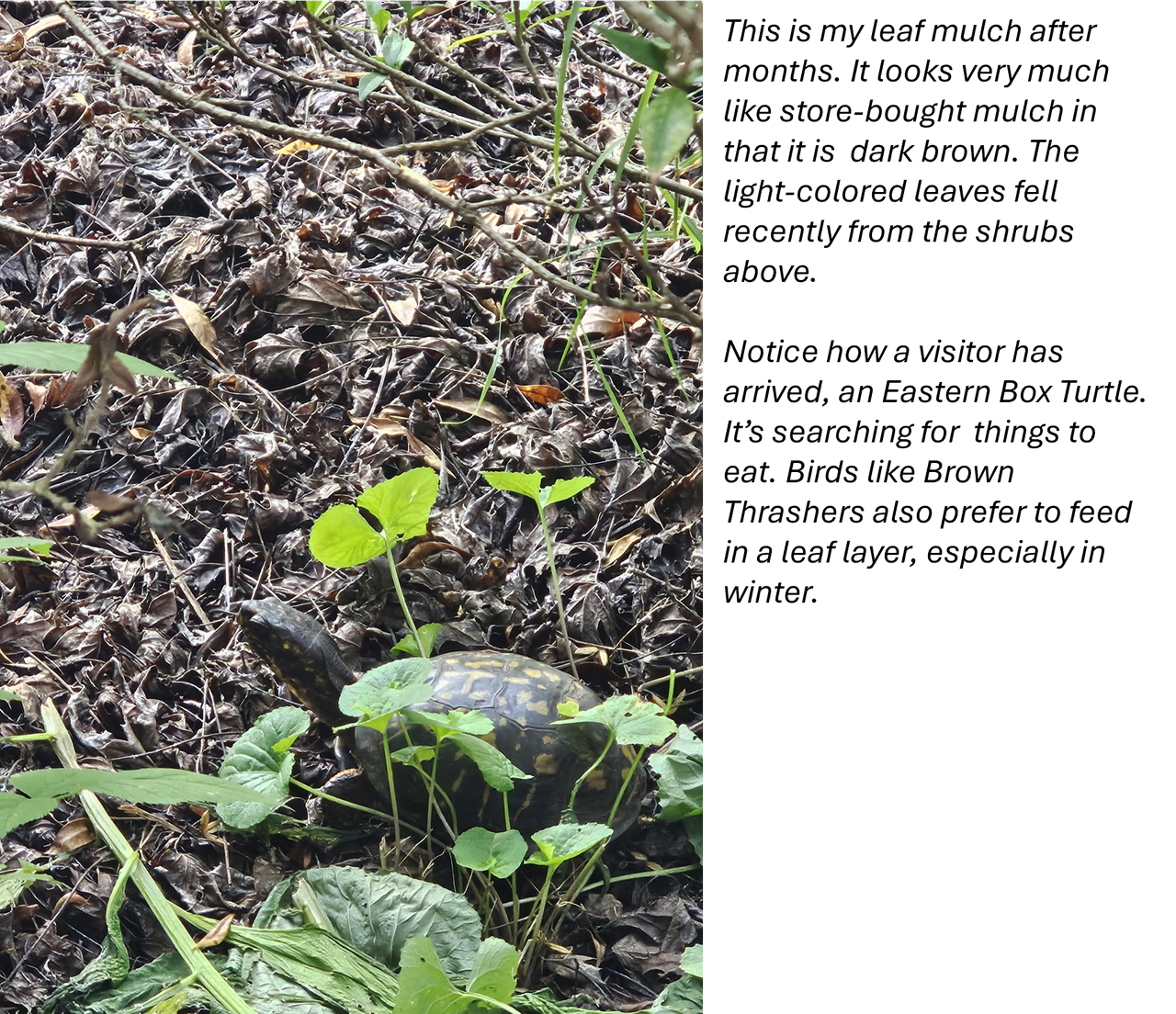
If this sounds like your situation, I have developed some tricks to avoid controversy and still help butterflies, birds, and native bees.
Move leaves away from easy visibility near the street. If necessary, take them all the way to another side of the house. I have garden beds and shrubs away from the street to where I move leaves from trees near the street.
Pile leaves in a thick layer because they will eventually reduce to a much smaller volume.
When dry, crush leaves with your feet (by walking on them) or by hitting them with the back of a rake to create some smaller pieces in with larger pieces. The whole layer will stay put in strong breezes.
Wait for leaves to turn brown. It only takes a matter of days and then the layer looks like standard brown mulch.
If you still fear controversy, put some standard mulch loosely over leaves to fool neighborhood “inspectors.”
Don't let nosy neighbors keep you from creating your habitat garden. They will thank you later when more birds sing in the Spring and many butterflies start to flutter regularly in the Summer.
References
Keystone Plants by Ecoregion (National Wildlife Federation)
- Lists of “critical plant genera and local species that host significant numbers of butterflies, moths, and pollen specialist bees.”
- You simply select your U.S. and Canada ecoregion to display a list of the best trees, shrubs, and flowering perennials to use in your habitat garden. Easy!
Fact Sheet: Nesting & Overwintering Habitat For Pollinators & Other Beneficial Insects
- In this guide from the Xerces Society, there is a “Leave the Leaves” section starting on page 4 with actions for you to take.
#HabitatGardening #BiodiversityGardening #Gardening #NativePlants #Nature #Environment
I’m Joe Wynne, a gardener since 1965 when I started as a helper for my grandmother. We maintained irises then and I still have those plants today. I’m a former Tennessee State Park Naturalist, who now focuses on making my garden a habitat for native plants and native bees, birds and butterflies. I share what I learn.
Follow me on Mastodon: https://mindly.social/deck/@JoeWynne.
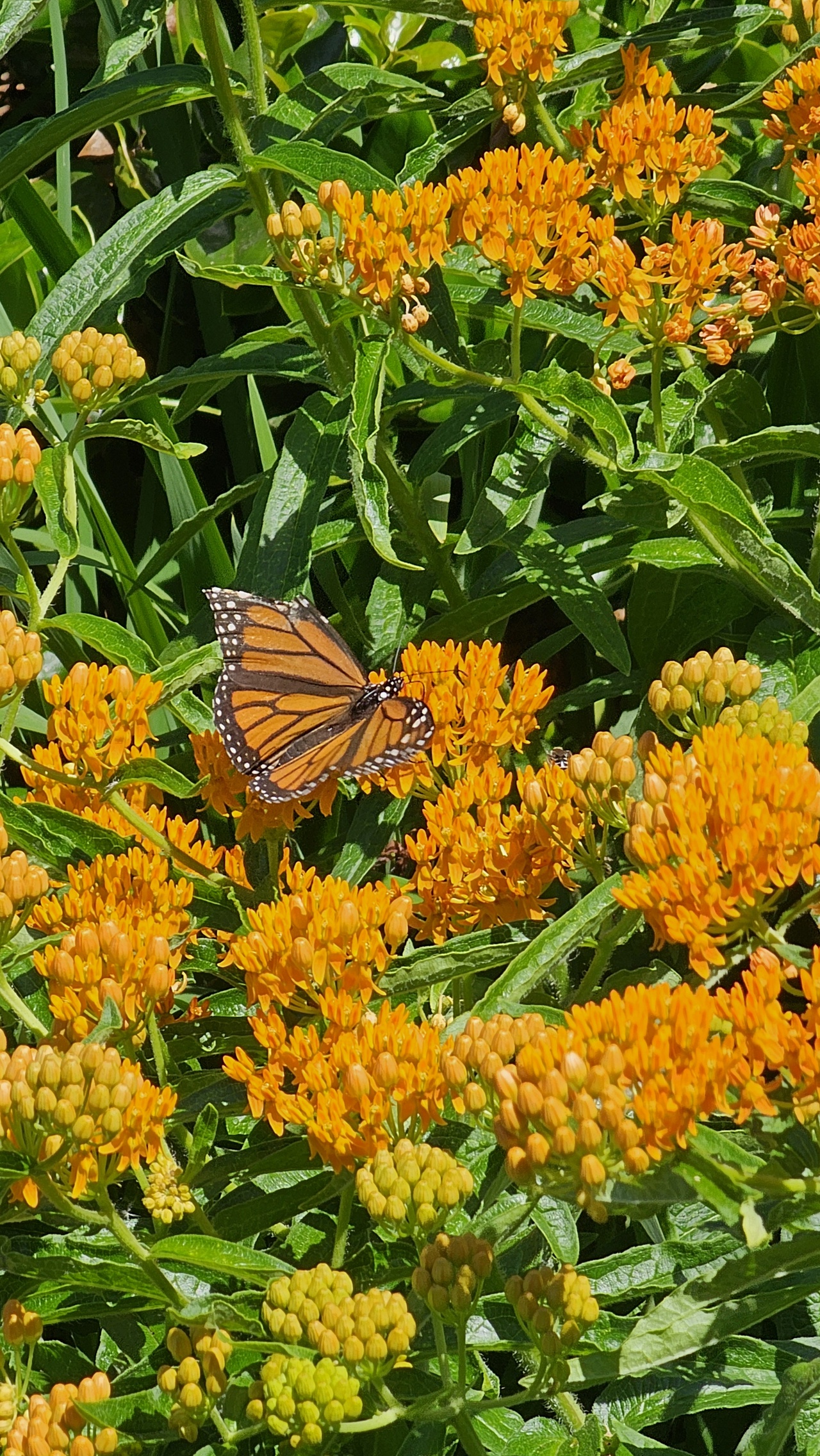 Butterfly weed is allowed to grow freely in one of my garden beds and attracts all kinds of pollinators. Monarchs appear also to be laying eggs and successfully reproducing here. When designing, add space for native plants which are the foundation of habitat for birds, native bees, and butterflies.
Butterfly weed is allowed to grow freely in one of my garden beds and attracts all kinds of pollinators. Monarchs appear also to be laying eggs and successfully reproducing here. When designing, add space for native plants which are the foundation of habitat for birds, native bees, and butterflies.